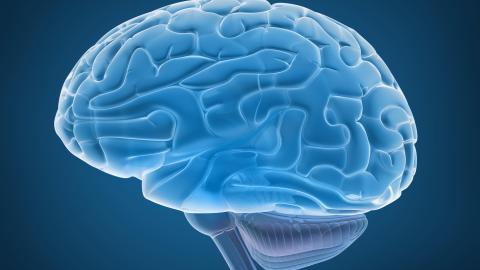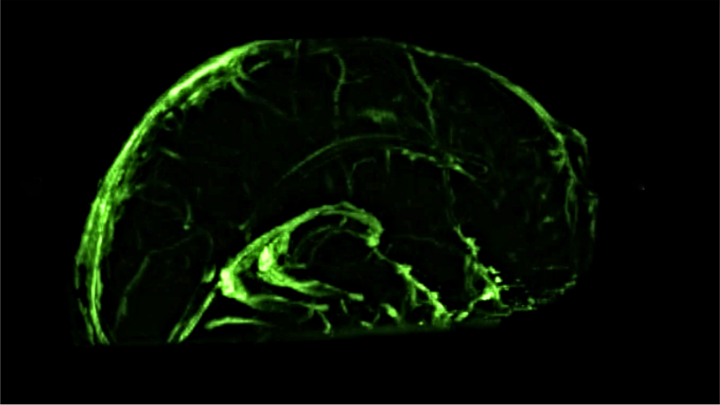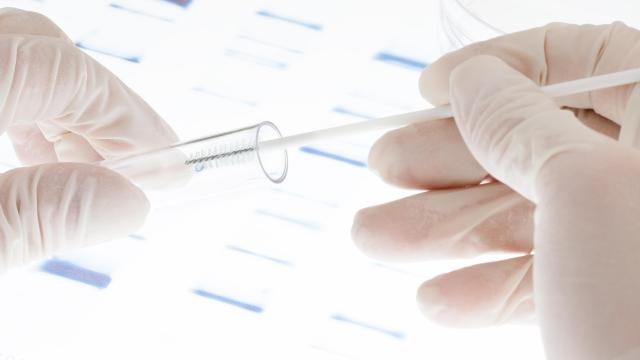To Treat Brain Disorders, Researchers Overcome Blood-Brain Barrier

What’s the Latest Development?
Researchers at Harvard Medical School and Boston University have created the first successful method for bypassing the blood-brain barrier, opening new treatment options for patients suffering neurodegenerative diseases. “Researchers describe a novel method of creating a semi-permeable window in the blood-brain barrier using [the patient’s own] tissues to allow for higher-molecular-weight drug delivery to the [central nervous system]. They demonstrated for the first time that these membranes are capable of delivering molecules to the brain that are up to 1,000 times larger than those excluded by the blood-brain barrier.”
What’s the Big Idea?
Since the blooming of neuroscience, researchers have had great difficulty administering drugs to the brain because of the tightly sealed barrier past which the active ingredients in medication have not traveled. “Multiple drugs exist to treat and potentially cure [neurodegenerative disease], but 98 percent of all potential pharmaceutical agents are prevented from reaching the [central nervous system] directly due to the blood-brain barrier. Many attempts have been made to deliver drugs across the blood-brain barrier using methods such as osmotic disruption and implantation of catheters into the brain; however, these methods are temporary and prone to infection and dislodgement.”
Photo credit: Shutterstock.com





